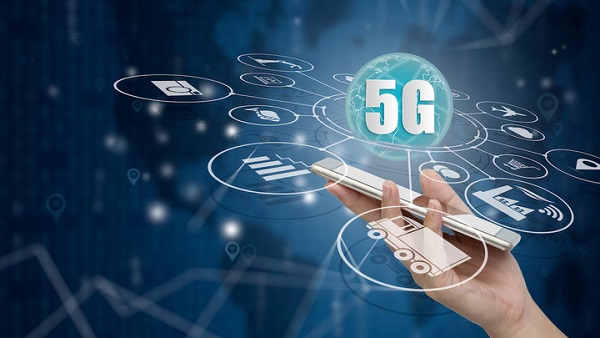How is 5G better than 4G and 3G
Home » Informational » How is 5G better than 4G and 3G
The evolution of mobile communication technology has revolutionized the way we communicate, work, and live our lives. With each new generation of wireless network technology, we have seen a significant improvement in network speed, coverage, and reliability. The arrival of 5G, the fifth generation of wireless network technology, promises to take this evolution to the next level.
In this blog, we will explore how 5G technology is better than its predecessors, 4G and 3G.
Network Speeds
One of the significant advantages of 5G is its incredible network speeds. With theoretical maximum speeds of up to 20 Gbps. The actual speed that a user experience will depend on various factors such as network coverage, device capability, and congestion.
However, even in the most congested areas, 5G is expected to deliver speeds of 100 Mbps to 1 Gbps, which is much higher than what 4G and 3G can offer. When we open a website, 5G is expected to be at least 10 times faster than 4G and over 100 times faster than 3G.
Lower Latency
Another significant advantage of 5G is its lower latency. Latency refers to the delay between the time a device sends a request and receives a response. With 5G, latency is expected to be less than 1 millisecond, which is about 10 times faster than 4G and over 100 times faster than 3G. This low latency will enable real-time applications such as autonomous driving, remote surgery, and virtual reality to become a reality.
Increased Network Capacity
With the growing demand for data-hungry applications such as video streaming, online gaming, and social media, network capacity has become a crucial factor in the performance of wireless networks. 5G is designed to handle a massive number of devices simultaneously, which means that the network will be able to accommodate more users and devices without slowing down. This increased capacity will be essential in the era of the Internet of Things (IoT), where billions of devices will be connected to the Internet.
Improved Coverage
5G is expected to improve coverage compared to 4G and 3G. This improvement is due to the use of high-frequency bands, which have a shorter range but higher data transfer rates. However, 5G will also use lower frequency bands, which have a more extended range, to ensure that coverage is not compromised. This approach will ensure that 5G provides better coverage in rural areas and indoors, where 4G and 3G struggle to provide a reliable connection.
Energy Efficiency
5G is designed to be more energy-efficient than 4G and 3G. The new technology uses advanced techniques such as network slicing and beamforming to minimize energy consumption while maximizing performance. This energy efficiency will not only help reduce the carbon footprint of wireless networks but also extend the battery life of devices.
Conclusion
In conclusion, 5G is a significant improvement over its predecessors, 4G and 3G, in terms of network speed, latency, network capacity, coverage, and energy efficiency. These improvements will enable new applications and services that were not possible before, such as autonomous vehicles, remote surgery information, and virtual reality. While the rollout of 5G is still in its early stages, it is clear that it will have a profound impact on the way we live and work in the years to come.


